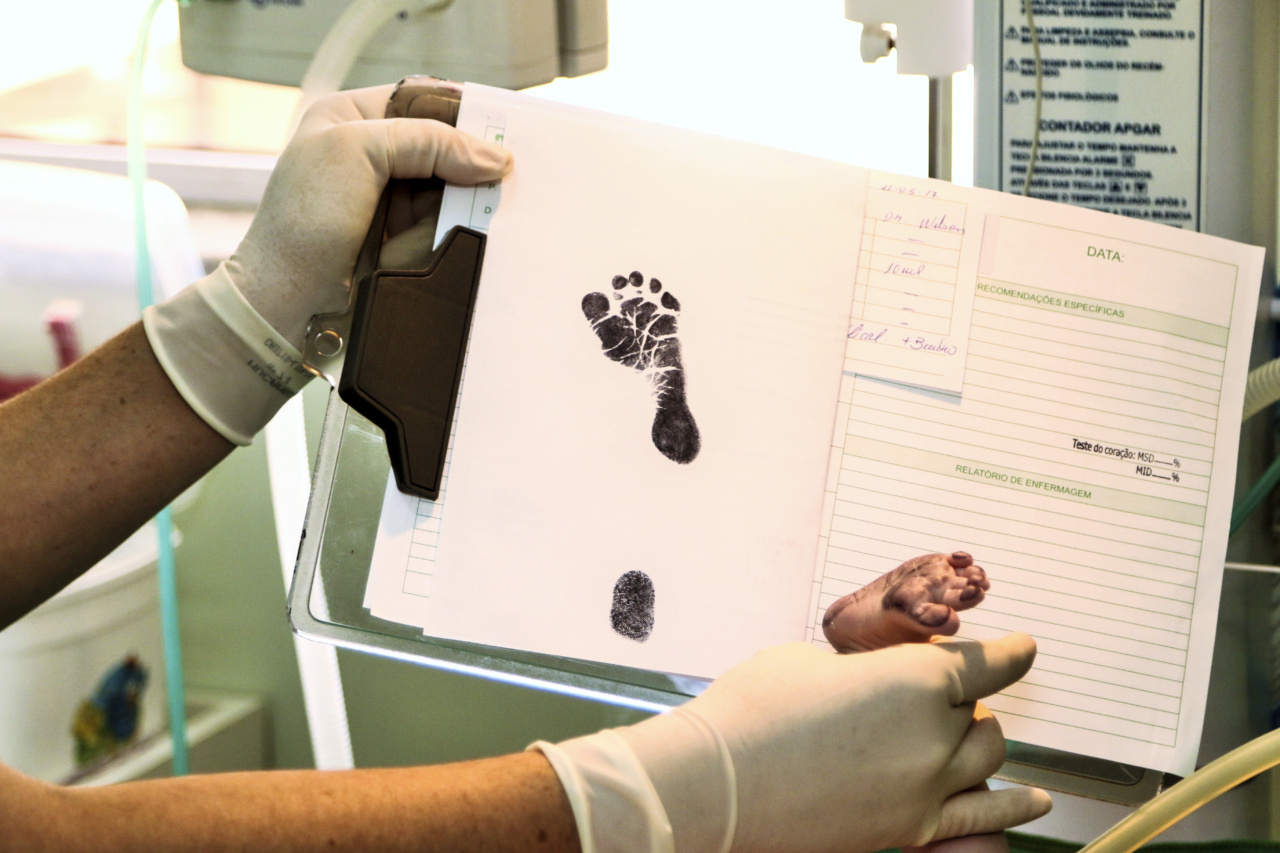Premature babies, also known as preemies, are infants born before the 37th week of gestation. These babies often require specialized medical care due to their underdeveloped organs and systems.
Monitoring their health and ensuring their well-being is crucial in ensuring their survival and long-term development. In recent years, wearable sensors have emerged as a valuable tool in providing critical data for premature babies.
The Importance of Monitoring Premature Babies
Monitoring premature babies is essential as they are more vulnerable to various health complications compared to full-term babies. These complications can include respiratory distress syndrome, jaundice, infections, heart problems, and others.
Early detection and intervention can significantly improve outcomes for these tiny patients.
Traditionally, medical professionals have relied on manual observations such as checking vital signs, assessing breathing patterns, and measuring oxygen levels at various intervals.
However, these intermittent observations often miss important fluctuations and trends that could indicate potential health issues. This is where wearable sensors come into play.
How Wearable Sensors Help Monitor Premature Babies
Wearable sensors are small, non-invasive devices that can be attached to a premature baby’s skin, clothing, or devices such as incubators.
These sensors continuously monitor and measure various physiological parameters, providing real-time data to healthcare providers.
One of the primary benefits of wearable sensors is their ability to provide continuous monitoring. Unlike manual observations, which are performed at fixed intervals, wearable sensors can provide a constant stream of data.
This enables healthcare professionals to identify subtle changes or alarming trends early on, allowing for immediate intervention.
Some common parameters monitored by wearable sensors in premature babies include:.
1. Heart Rate
Heart rate is a critical indicator of a baby’s overall health and well-being. Wearable sensors can provide real-time data on heart rate, allowing healthcare providers to detect irregularities or abnormal patterns.
2. Oxygen Saturation
Oxygen saturation levels reflect the amount of oxygen in a premature baby’s blood. Low oxygen levels can be indicative of respiratory distress or other complications.
Wearable sensors can continuously monitor oxygen saturation levels, alerting healthcare providers to any sudden drops or prolonged periods of low saturation.
3. Respiratory Rate
Monitoring respiratory rate is essential for premature babies, as they are more prone to respiratory complications.
Wearable sensors can accurately track respiratory rates and detect irregularities, such as apnea (temporary pauses in breathing) or tachypnea (rapid breathing).
4. Temperature
Maintaining a stable body temperature is crucial for premature babies, as they have limited ability to regulate their body heat.
Wearable sensors can monitor a baby’s temperature, alerting healthcare providers to any significant fluctuations that may require intervention.
5. Blood Pressure
High or low blood pressure can indicate various health issues in premature babies. Wearable sensors can measure blood pressure at regular intervals, providing valuable data that helps healthcare providers identify and treat any abnormalities.
6. Sleep Patterns
Understanding a premature baby’s sleep patterns is important in assessing their neurological development and overall well-being.
Wearable sensors can track sleep duration, quality, and patterns, allowing healthcare providers to identify any disturbances or irregularities.
7. Nutritional Intake
Wearable sensors can also be used to monitor a premature baby’s nutritional intake. They can track milk volume consumed during feeding sessions, ensuring that the baby is receiving adequate nutrition for their growth and development.
Benefits of Wearable Sensors for Premature Babies
The adoption of wearable sensors in monitoring premature babies brings several benefits:.
1. Early Detection of Health Issues
Continuous monitoring allows healthcare providers to detect potential health issues early on, enabling timely interventions and improving outcomes.
2. Reduced Medical Staff Burden
Wearable sensors alleviate the need for frequent manual observations, reducing the workload on healthcare professionals. This allows them to focus on other critical tasks while still having access to real-time data.
3. Increased Patient Comfort
Wearable sensors are designed to be non-invasive and comfortable for premature babies. They minimize disturbances and allow the babies to move freely without being tethered to bulky monitoring equipment, promoting better sleep and overall comfort.
4. Enhanced Data Accuracy
Wearable sensors provide detailed and accurate data, minimizing the risk of human error commonly associated with manual observations. This ensures that healthcare providers can make informed decisions based on reliable information.
Challenges and Future Directions
While wearable sensors offer immense potential in monitoring premature babies, there are still challenges to address:.
1. Sensor Placement
Ensuring accurate sensor placement on tiny, delicate bodies can be challenging. Research and development efforts are ongoing to improve sensor designs that are both effective and comfortable for premature babies.
2. Interpretation of Data
The sheer volume of data generated by wearable sensors requires efficient algorithms and data analytics to extract meaningful information.
Researchers are working towards developing intelligent systems that can analyze data in real-time and provide actionable insights to healthcare providers.
Conclusion
Wearable sensors have revolutionized the way healthcare professionals monitor premature babies.
These non-invasive devices provide continuous, accurate data on various physiological parameters, enabling early detection of health issues and timely interventions. As technology continues to advance, wearable sensors will play an increasingly vital role in improving the care and outcomes of premature babies.




























